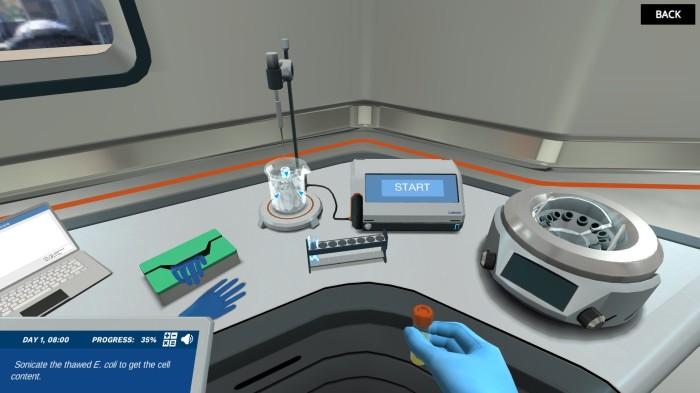
Chromatographic techniques are nothing short of amazing! While they have revolutionized the way we analyze and separate complex mixtures, these techniques with a variety of subtypes have enabled scientists and researchers to delve into the intricate details of substances with incredible precision. Ion exchange chromatography is one such subtype that unravels the secrets hidden within complex mixtures.
Educating young researchers on how ion exchange chromatography is like a “molecular sorting hat” that selectively separates ions based on their charge properties can be a daunting task for educators as students fail to comprehend the differences between different subtypes.
For this reason and many others, we have pooled 5 innovative ways using which you can turn the tables and make this topic a hit in your next class.
Educators can incorporate interactive models and simulations in their teaching strategies to simplify the science behind ion exchange chromatography. When dealing with analytical techniques like this, simulations like the one from Labster go a step ahead by providing a platform for students to explore the functions and principles of ion exchange chromatography in a virtual world.
This virtual exploration is beneficial as:
Game-based learning is scientifically proven to cater to the needs of a diverse audience; from high school to university-level students. (1, 2) As educators, we need to be inclusive of a wider range of teaching tools to simplify the core concepts of lab techniques like ion exchange chromatography.
Conveying the scientific principles of this ion exchange chromatography by integrating playful elements into the learning process as in IEC Game by Labster can create a stimulating environment in your class which will foster clarity. Through interactive games, students will be able to interpret and analyze chromatographic data practically and enjoyably. Also, as these games guide students through the step-by-step processes involved in the technique, this active participation will ensure long-term knowledge retention.

Discover Labster's Ion Exchange Chromatography virtual lab today!
In the era of advancing technology, educators can leverage innovative digital tools to simplify and elucidate the science behind ion exchange chromatography.
Educators can inspire students to delve deeper into the idea of ion exchange chromatography by connecting the topic to exciting career prospects. Only by painting a vivid picture of the opportunities that await one in professional fields, we can make a topic lucrative to a younger audience.
You can emphasize the demand for skilled chromatographers and chromatography technicians, highlighting the potential for rewarding and fulfilling careers in research, development, analysis, and quality assurance.
You can also bridge the gap between the theoretical aspects of IEC and practice by discussing its real-world applications. Learners can discover how IEC is employed in pharmaceutical research and development to purify proteins and ensure the safety and efficacy of medications. They can also explore its applications in environmental monitoring, where it plays a crucial role in detecting and quantifying pollutants in different spheres of life like air, water, and soil.
You can also utilize Labster’s Ion Exchange Chromatography Simulation that connects the topic to Parkinson's disease. As students engage in the process of protein purification using IEC, they can develop a practical understanding of the technique’s functions and principles. By analyzing the chromatogram and identifying the fraction containing the purified protein, learners can virtually contribute to the research efforts studying the relation between the protein and the disease.

IEC is a powerful analytical technique with utilization across industries. By teaching the principles, functions, and workflows of IEC using innovative methods, we can promote active learning as well as prepare students for the ever-evolving technological landscape they will encounter in their future careers. Labster supports educators in equipping learners with the knowledge and skills to navigate their way through the scientific community! ☺
Try our free 30-day All Access Educator's Pass today and teach with the Ion Exchange Chromatography simulation alongside 300+ other virtual labs!

Labster helps universities and high schools enhance student success in STEM.
Request DemoRequest a demo to discover how Labster helps high schools and universities enhance student success.
Request Demo